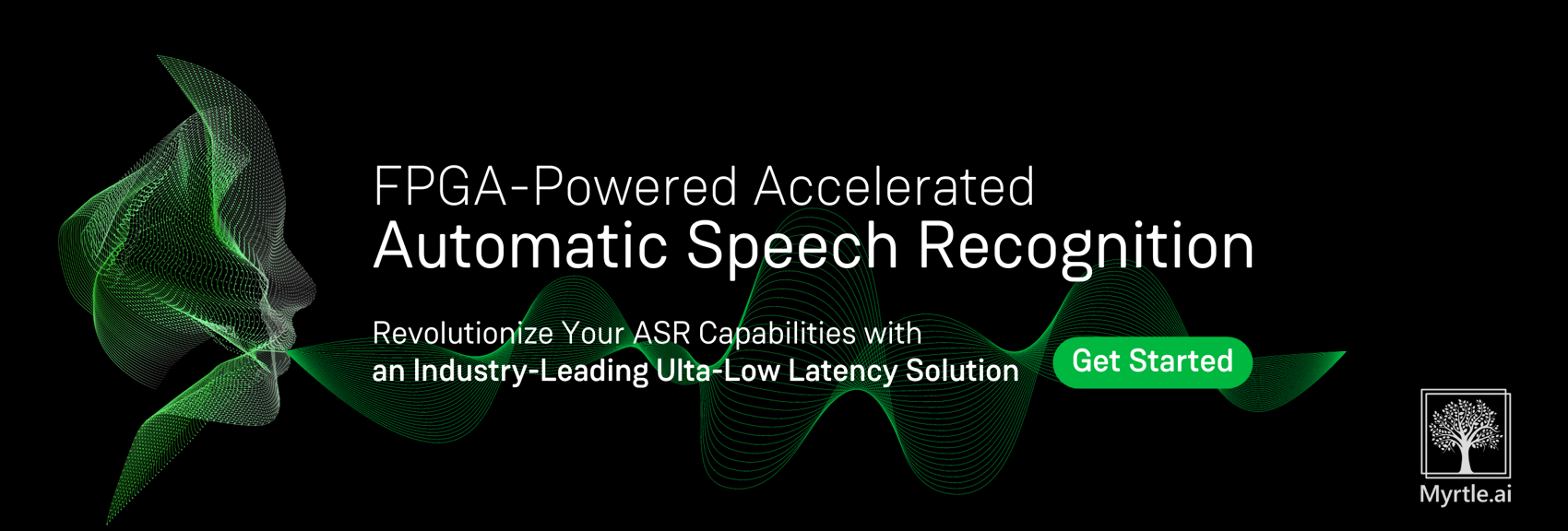Artificial Intelligence and Machine Learning
Key Trends in AI/ML
Artificial Intelligence (AI) stands at the forefront of technological innovation, reshaping industries, revolutionizing workflows, and redefining how we interact with machines and data. This revolution is possible because models and compute capabilities are enabling computers to solve intractable problems not easily solved by any other approach to make our lives easier and simpler.
In parallel with the rise of AI, there is an explosion of digital data, including images, videos, and speech, generated by a myriad of sources, including social media, internet-of-things (IoT), and abundant video and security cameras and even automobiles. This data explosion drives the need for analytics to extract knowledge from this data. The associated data analytics often rely on AI/ML algorithms, which can quickly solve problems of high dimensionality that are essentially intractable using classical computer algorithms. Such problems include natural language processing (NLP) in conversational AI, virtual assistants, behavioral analysis, predictive analytics or the newest and largest growing trend since social media kicked off 20 years ago, generative AI.
The core of many AI algorithms is pattern recognition, often implemented as a neural network. AI algorithm developers have widely adopted convolutional neural networks (CNNs) for image and video applications, deep convolutional neural networks (DNNs) for analyzing text and structured data processing and large language models (LLMs) for natural language understanding, language generation, information retrieval, personalized content generation and even program code generation. The evolution of these networks, especially in the generative AI space, are pushing systems to the limit and requiring extraordinary amounts of compute and memory to process the soon-to-be over one trillion parameter models with better than human accuracy in much less time. Still, at their core, these models are essentially constructed based on matrix multiplication and vector mathematics.
Why Achronix Speedster7t FPGAs for AI/ML Applications?
FPGAs are inherently good at matrix math, as are GPUs. When combined with extremely parallel and flexible FPGA fabric, the FPGA can be reconfigured to adapt to the continued changes and evolution in models while maintaining high performance, significantly lower latency, lower power and ease of scaling across multiple devices that GPUs struggle with, and where other fixed hardware would be rendered obsolete. This flexible architecture allows for the matrix multiplication to re-use the results from the previous computations because of the tightly-coupled memory to the multiply-accumulate building blocks in the FPGA fabric without ever needing to go off of the device. In addition, the FPGA is capable of executing multiple different parallel pipelines simultaneously, unlike GPUs that are SIMD machines and require large batching to compensate for only being able to execute one instruction at a time. This capability makes the FPGA an ideal accelerator for AI/ML workloads.
The Achronix Speedster7t FPGA architecture is ideal for accelerating AI/ML applications because of the following reasons.
| Achronix Speedster7t FPGA Feature | What it Means for AI Applications |
|---|---|
|
|
|
|
|
|
|
|
|
|
These features equate to the ability for the Speedster7t FPGA to:
- Ingest massive amounts of data from multiple high-speed input sources
- Store and retrieve the input data, along with the AI models, partial results from each layer computation, and completed computations
- Rapid distribution of this data to on-chip resources that can perform the layer computations quickly
- Output of computed results in a high-speed fashion
Speedster7t Solutions
Automatic Speech Recognition (ASR)
Large Language Model Acceleration at Scale – Contact us for more information.
Deep Learning Acceleration – Contact us for more information.

